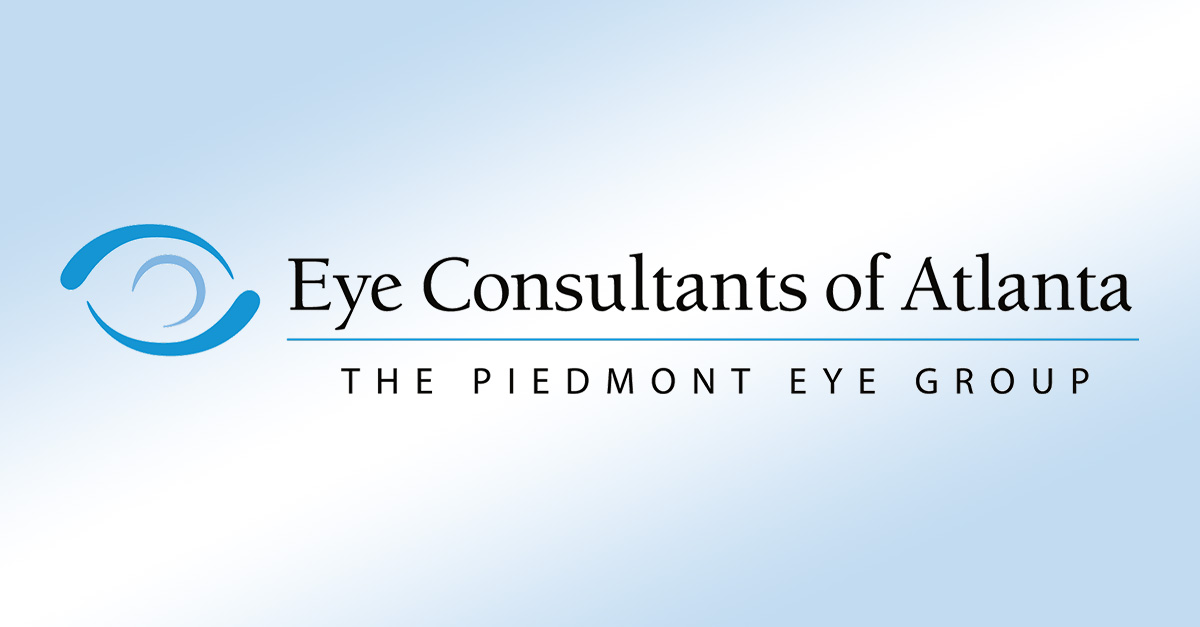Eye Care for Twitches and Spasms
Eyelid twitches and spasms (blepharospasm) are common and often harmless, benign incidents that pose no threat to the sufferer. In most cases, the muscles surrounding the eyelid will twitch for a few seconds to minutes at a time, over the course of a few hours, and then resolve on their own without treatment. Causes for this seemingly random condition include stress, medication side effects, fatigue, eye irritation or injury, or consumption of caffeine or alcohol. Generally speaking, random or occasional twitches do not require diagnosis or treatment. However, there are times when this condition becomes chronic or distressful and can indicate a more serious underlying condition.
Benign Essential Blepharospasm
Approximately 50,000 U.S. adults suffer from a chronic movement disorder of the eyelid called benign essential blepharospasm. No one knows the direct cause of the condition. This condition most often affects both eyes and is known to worsen in response to stress, environment (wind, heat, etc.), bright light, eye injury or infections, dry eye, or fatigue. This condition unfortunately progresses over time and may eventually cause blurry vision, facial spasms, and further light sensitivity. While there is not a direct cure, many people cope with warm compress, magnesium supplements, and being sure to get enough sleep. Healthcare providers may use Botulinum toxin (Botox) injections, but they only provide temporary relief. In the most severe cases, surgery to remove some of the surrounding nerves, muscle, and tissue may be performed for permanent relief.
Eye Injuries and Emergencies
Occasionally, eyelid twitches can indicate a medical emergency. When twitching accompanies possible scratches to the cornea through injury, contact lens use, or other circumstance, a patient should see a doctor immediately, as this can cause permanent damage to the eye.
Twitching can also be considered a medical emergency when:
- The eyelid is difficult to open during the twitching.
- There is evidence of infection (swelling, discharge, etc.).
- Drooping of the eyelids is present.
- Other areas of the face are having spasms.
- Be certain to see a doctor as soon as possible if any of the above criteria are met, as prompt care can often prevent permanent damage or blindness.
Neurological Disorders
Rarely, a chronic eyelid twitch can signal the need to consult a specialist. Conditions such as Bell’s Palsy, Parkinson’s Disease, dystonia, Multiple Sclerosis, or other movement or degenerative disorder may cause chronic twitching as a symptom. Therefore, a physician’s opinion, diagnosis, and referral may be necessary in order to receive proper treatment.
Prevention
Avoiding excessive caffeine, nicotine, and other stimulants will help prevent eyelid spasms. Limiting alcohol use and stress is also helpful when attempting to avoid twitching. It is essential to get a good night’s sleep. Resting the muscles around the eyelids from daily computer and other digital screen time is essential for keeping eyes happy and healthy.

